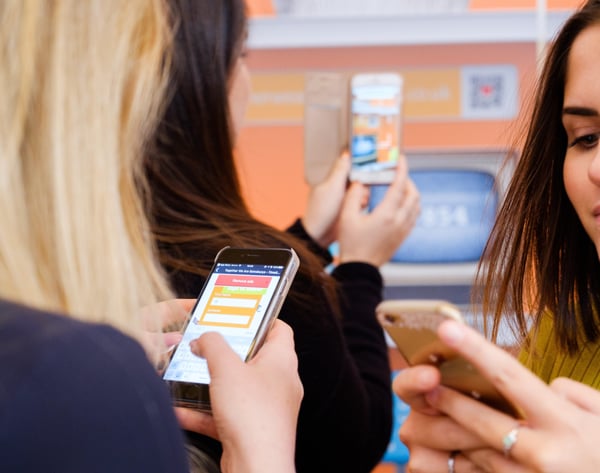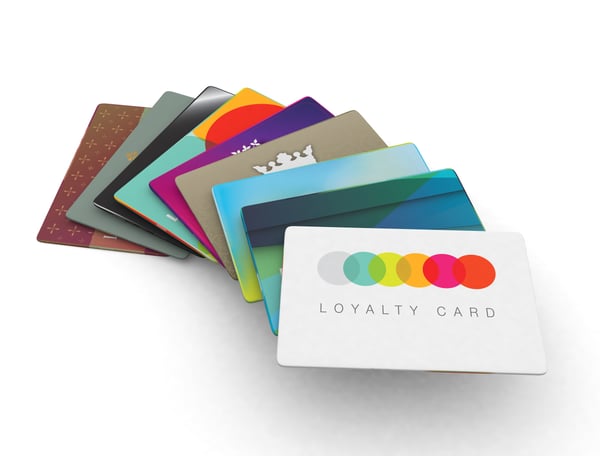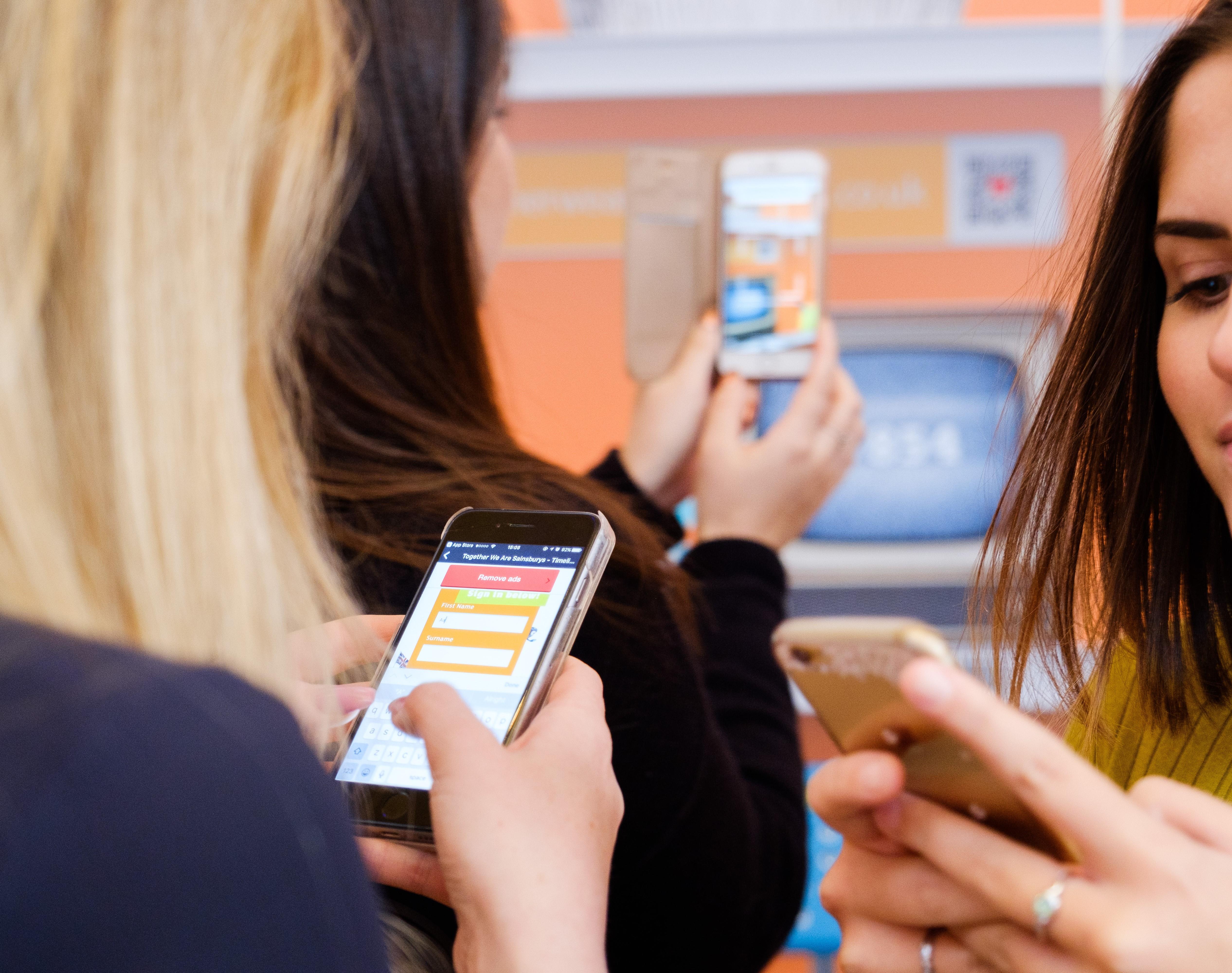According to calculations, by 2021, gamification’s estimated global market value will likely rise to $11.4 billion. There is no wonder that gamification is the word on every digital marketer’s lips!
But what is gamification?“Gamification is about taking something that is not a game and applying game mechanics to increase user engagement, happiness and loyalty.”
In digital marketing, it is important to look for new and innovative ways to reach target audiences. With consumers more turned off than ever before, this has become an increasingly difficult task, with reports noting that in 2018, 58% of survey respondents said that online ads and marketing had little or no influence on their behaviour.

Why gamification?
The psychology of gamification suggests that it triggers emotions that are linked to positive user experience. Here are six reasons why gamification is so effective:
User control
People don’t like to be forced into doing something; they like to feel as though they are in control. With gamification, marketers give control back to the users. This is best demonstrated with educational applications such as Duolingo, where users can choose which languages they want to learn, and which lessons they want to attend in their own time and setting.
Reinforces good behaviour
If you complete a level, you get a reward, encouraging users to do it again. For example, the Starbucks App rewards coffee drinkers with a star each time they make a purchase using their loyalty card. Once you get a certain number of stars, you will receive a free drink and perks such as free syrup shots and extra toppings as you progress through the different levels. By rewarding users for their loyalty, it reinforces what you want them to do.

Achievement
Achievement is one of the most powerful psychological driving factors of human behaviour. Marketers need to make users feel like they have achieved something, so that they will return. Productivity app, Forest, encourages users not to fiddle with their phones during designated times they have set; earning virtual currency to purchase real trees. If you manage to go your entire amount of allotted time without using your phone, you will have gone some way towards growing your own virtual and real-life forest. Being able to visually see progress and achievements will increase engagement and productivity.
Goal setting
Humans, by nature, are competitive. We like to push ourselves and beat personal bests. Gamification pushes users to hold themselves accountable through apps. For example, the Nike + app records users’ running times and on their next run, compels users to beat their previous time, always striving to do better.
Competition
We love to compete with ourselves, but we love to compete with other people even more. Social media is a perfect example of this; we are always striving for more likes, more shares, more retweets. When digital marketers add gamification into their strategies, they are motivating users to engage with the product/ service.
Reward
Rewards are a fundamental part of our happiness, they give us a dopamine rush that tells us that ‘this feels good, do it again’. When digital marketers offer the chance of a physical reward, users will go out of their way to try and earn it. Loyalty schemes are a perfect example of this; referring back to the coffee giant Starbucks, it is capitalising on the fact that if consumers can earn a free coffee, they are more likely to purchase extra drinks in order to obtain their prize.

These are just a few reasons as to why digital marketers should include gamification in their strategies. It is important to look to the future; with Gen Z entering the workforce, we need to stay ahead of the curve. Gen Z are the first generation to have grown up with gaming and technology at their fingertips. It would be foolish to think that the methods that worked 10 years ago would be fitting for this generation. For this reason, it is important to innovate and evolve marketing strategy, otherwise risk being left behind.
/DRPG%2045th%20Anniversary/DRPG%2045th%20White%20-%20No%20Text.png)


 Back
Back

/Blog%20Images/AEO%20SEO%20-%20Digital%20Blog.jpg)



